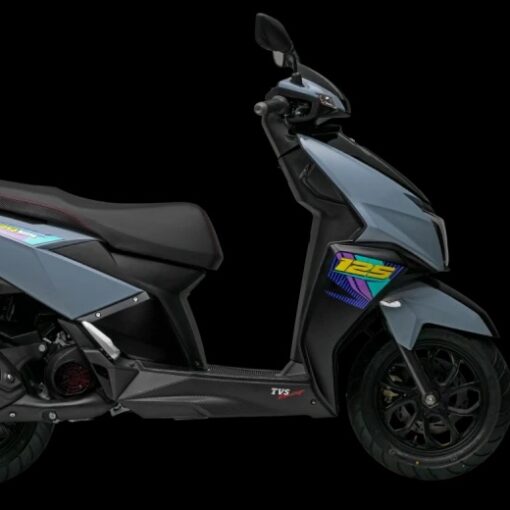OSGi is a modular framework that allows software components to be independently developed, deployed, and managed. It is used in Adobe Experience Manager (AEM) to provide a flexible and scalable platform for building and managing web applications. To understand AEM OSGi (Open Service Gateway initiative), let us understand Apache Felix first.
Apache Felix
AEM OSGi is implemented using Apache Felix, which is an open-source implementation of the OSGi framework. The OSGi framework provides a modular architecture for Java applications, which allows developers to create and deploy components that can be independently managed and updated. This makes it easy to add new features to AEM and to fix bugs without having to deploy a new version of the entire application.

Did you know, the APACHE KARAF is another lightweight, powerful, and enterprise-ready modulith runtime? Check it out. https://karaf.apache.org/
Here are some of the benefits of using Apache Felix to implement AEM OSGi:
- Modularity: AEM OSGi is a modular system, which means that it is made up of a collection of independent components that can be developed, deployed, and updated independently. This makes it easy to add new features to AEM and to fix bugs without having to deploy a new version of the entire application.
- Scalability: AEM OSGi is a scalable system, which means that it can be easily scaled up or down to meet the needs of a particular application. This is because the OSGi framework allows components to be dynamically loaded and unloaded as needed.
- Reliability: AEM OSGi is a reliable system, which means that it is able to continue to operate even if some of its components fail. This is because the OSGi framework allows components to be isolated from each other, so that a failure in one component does not affect the other components.
OSGi Bundles
OSGi bundles are the fundamental unit of deployment in OSGi. A bundle is a self-contained Java archive that contains all the code, resources, and configuration files needed for a software component. Bundles can be installed, started, stopped, and updated independently of each other. This makes it easy to add new features to AEM or to replace existing components without affecting the rest of the system.
Check out our detailed blog on OSGi Bundles – Learn all about OSGi Bundles, Right Here!
Features of OSGi
OSGi also provides a number of features that make it well-suited for building web applications. These features include:
- Dependency management: OSGi bundles can declare their dependencies on other bundles. This ensures that all the required components are installed and available before a bundle is started.
- Service discovery: OSGi provides a service registry that allows bundles to find and use services provided by other bundles. This makes it easy to build loosely coupled systems.
- Event notification: OSGi provides a notification system that allows bundles to send and receive events. This can be used to implement loosely coupled communication between components.
OSGi is a powerful and flexible framework that can be used to build and manage complex web applications. It is a key component of Adobe Experience Manager and is used to provide a number of features that make AEM a powerful and scalable platform.
Benefits of using OSGi
Here are some additional benefits of using OSGi in AEM:
- Increased flexibility and agility: OSGi’s modular architecture makes it easy to add new features or replace existing components without affecting the rest of the system. This gives developers and administrators more flexibility and agility in managing AEM.
- Improved performance: OSGi’s dependency management and service discovery features can help to improve the performance of AEM by reducing the number of components that need to be loaded and started.
- Enhanced security: OSGi’s security features can help to protect AEM from unauthorized access and malicious attacks.
Overall, OSGi is a powerful and versatile framework that can be used to improve the flexibility, agility, performance, and security of Adobe Experience Manager.
Few Interview Questions
Below is the list of a few common questions asked on the OSGI in the developer-level interview.
- How do you create a service class?
- What is @Component annotation used for?
- What is the use of @Reference annotation?
- What is the difference between OSGI Component and OSGI Service?
- Explain the difference between ProviderType and ConsumerType annotation for the interface classes.
Further Readings
- Learn the basics of OSGi here – https://experienceleague.adobe.com/docs/experience-manager-learn/cloud-service/underlying-technology/introduction-osgi.html
- The Technology Stack of Adobe Experience Manager (AEM)
- AEM Components: A Deep Dive into the Most Important Interview Questions
Feel free to share your viewpoints on this topic in the comments section below 🙂




